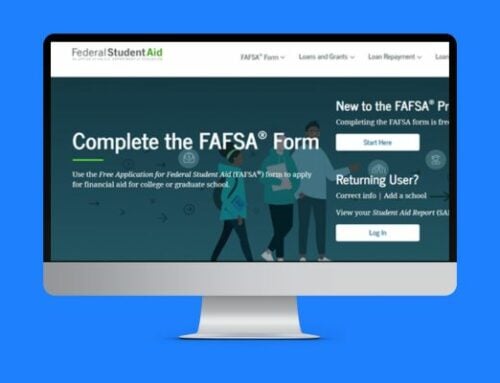The 529 Savings plan is a great option to save for your children’s education. 529 plans can be used to pay for qualified college, K-12 tuition, apprenticeship programs, and possibly for student loan repayment. 529 accounts will also have a limited impact on need-based financial aid. If you need a refresher on the specifics of 529 plans you can check out my 529 College Savings Plan Primer here (LINK).
Before we get into how to save more, you may be thinking if I don’t save I’ll just get more financial aid. That’s partially true, but the biggest determining factor is your income. The Free Application for Federal Student Aid uses your Adjusted Gross Income (AGI). AGI minus the protected amount (on the order of $20-25,000) is assessed between 22 and 47%. if your AGI is more than $200,000, your Expected Family Contribution (soon to be called Student Aid Index) will probably be at least $50,000 per year. If AGI is $100,000, your EFC will be around $20,000. So not savings doesn’t make the problem go away.
5 ways to get more money into 529 plans
1. Start early
Time is the magic component of compound investing. The longer an investment has to grow the bigger it will be. College is a large expense and starting at birth you only have about 18 years for compounding to work.
2. Make regular contributions
Set up recurring payroll or bank transfer to the account. If you have it come out of your payroll over time you will notice it less and less. You could also consider increasing it when you get a raise or cost of living adjustment. Increasing the contribution a percent or two a year won’t feel like much, but over the long term will have an impact on how much you have saved.
3. Ask for contributions as gifts
A 529 contribution can be a great answer when family or friends want to know what to get your child for their birthday or other holidays. You don’t have to make this all they get, but even small gifts can help.
4. Once your child starts earning money have them save in the 529
If your child starts earning money, you can have them save some portion of it in their 529. The 529 should still be owned by the parents for financial aid purposes, but there is no reason they can’t contribute. The other place they should consider saving is a Roth IRA. They need to have earned income and file taxes, but Roth IRA contributions can be withdrawn at any time without penalty or tax. Roth IRAs are also not considered when determining financial aid.
5. Take advantage of annual gift limits and 529 exception
For 2023, the maximum gift tax exclusion from one person to another is $17,000. There is also a 529 exemption that allows up to 5 years of contributions to be made in one year. This would be $85,000 for 2023. If both grandparents wanted to give to a grandchild, they could contribute $170,000 to a 529. As long as they made no other gifts in the 5-year period no gift tax filing would be required.
If you’ve got other questions about college funding, how best to use your GI Bill, or how you can be prepared for what can be a significant family purchase consider setting up an introductory call with me. Here’s the link to my online calendar (LINK).



